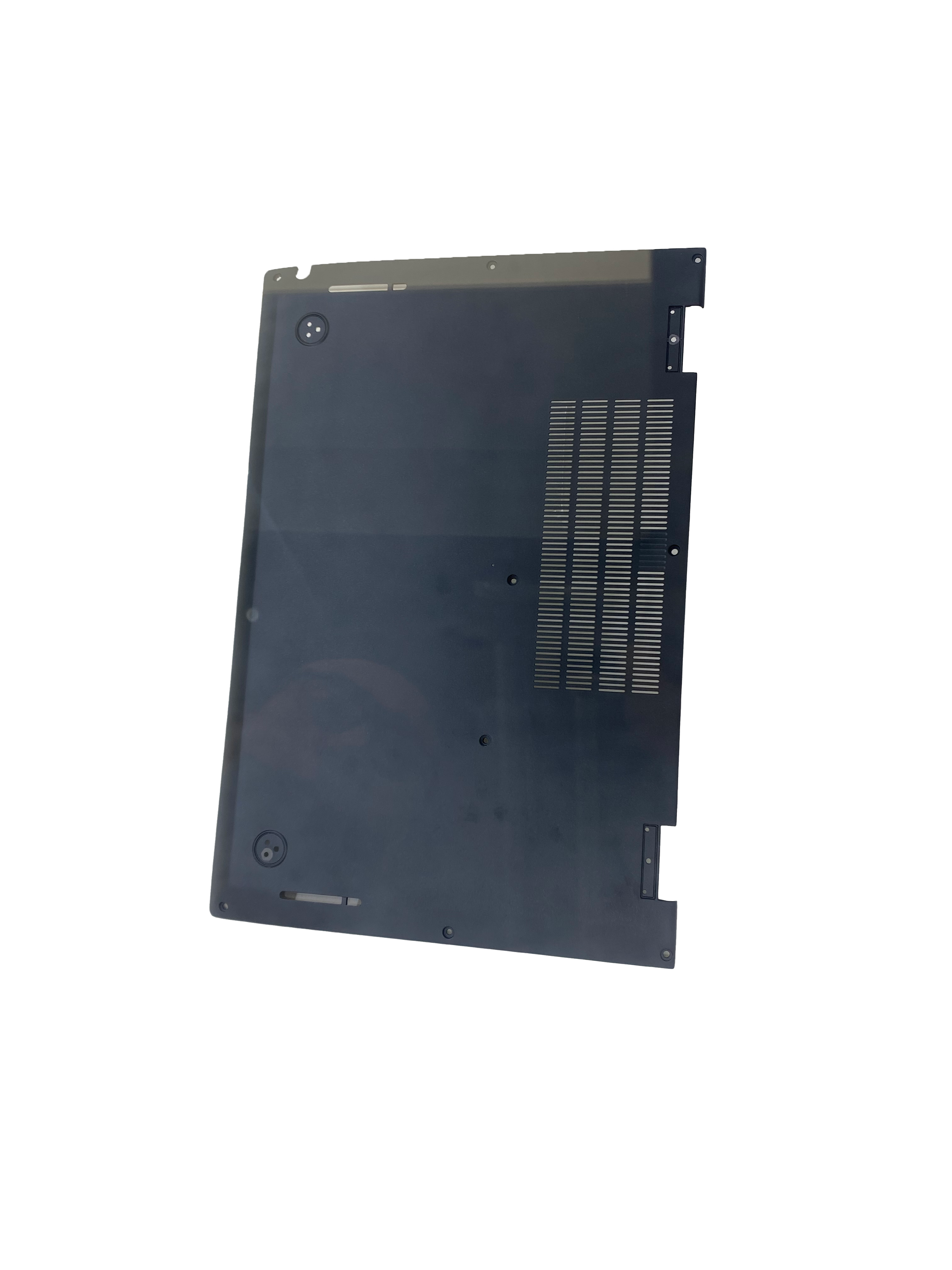Fout in e-mailformaat
emailCannotEmpty
emailDoesExist
pwdLetterLimtTip
inconsistentPwd
pwdLetterLimtTip
inconsistentPwd

Nieuws
How Is the Pinhole of Aluminum Alloy Die Casting Formed
In the whole process of aluminum alloy die-casting, aluminum alloy profiles can digest and absorb a lot of radon gas during smelting and pouring, and continue to dissolve due to the decrease of solubility during refrigeration. Some materials are introduced in detail. More hydrogen melts in the aluminum alloy profile, and its solubility expands with the increase of the temperature of the aluminum alloy liquid, and decreases with the decrease of the temperature. When the liquid is converted into a solid, the hydrogen is in the aluminum alloy profile. 19 times lower solubility. Therefore, in the whole process of condensation of aluminum alloy profile liquid, at a certain moment of hydrogen, the composition of hydrogen exceeds its solubility and dissolves in the form of bubbles. The radon bubbles generated by the dissolution of over-saturated hydrogen, which cannot be discharged in time for the upward adjustment, will produce fine and dispersed air vents during the whole process of condensation, which is commonly referred to as gasporosity.

The over-contrast achieved before radon bubbles are generated is a function of the number of radon bubbles nucleated, while metal oxides and other impurities play a key role in the formation of bubbles.
How is the pinhole of aluminum alloy die casting formed?
Under normal manufacturing standards, it is difficult to prevent pinholes, especially in thick sand castings. When smelting and pouring aluminum alloy profiles in an atmosphere with high air humidity, pinholes in castings are especially serious. This is why we are often puzzled by some people in the production process. The dry season is better than the rainy, wet and cold season. Aluminum alloy castings have fewer pinhole defects.
Generally speaking, for aluminum alloy profiles, if the crystal temperature range is large, the probability of causing pinholes in the network structure is also much larger. This is because under the general forging manufacturing standards, die-cast aluminum parts have a wide range of condensation temperature, which makes it very easy for aluminum alloy profiles to produce relatively developed network structure crystals. In the middle and late stage of condensation, the residual lithium bromide solution in part of the interstices of the network crystal structure will block each other, and each will be stored in a small closed indoor space, because they are subjected to the external atmospheric pressure and the negative pressure of the aluminum alloy liquid. When the residual lithium bromide solution is further refrigerated and folded, a certain level of vacuum pump will be generated (that is, the feeding safety channel is blocked), and then the over-saturated radon gas in the aluminum alloy will be dissolved, resulting in pinholes.
Matters needing attention in the use of die casting molds
- When heating, the fire point at the beginning does not need to be too fast, it should be increased slowly, and it should be heated under the condition of mold clamping at the beginning; when heating, remove or block the parts on the mold that are not suitable for baking, such as guide rails Slider, spring yellow, etc.
- During the whole process of the test piece, when changing the performance parameters, it is not necessary to change many other main parameters as much as possible, otherwise it is impossible to judge which main parameter has an impact on it.
- During the whole process of adjustment, the working pressure should be gradually increased. If the increase is too much, it will cause sticking of the mold, or the working pressure of the main parameters obtained is too high.
- When the mucous membrane appears and the casting cannot be removed, use wood or round steel to remove it. It is forbidden to tap with a special tool made of stainless steel plate, otherwise the mold will be destroyed.
- If the mucous membrane or other reasons, it is judged that it cannot be solved by itself, the abrasive tool should be removed, and the professional abrasive tool master should solve it.
- Before application, that is, before each die casting, it is necessary to remove the remaining drape and dirt on the surface of the clean abrasive tool as much as possible, otherwise the abrasive tool will be damaged, resulting in the drape of the casting, and even the flying material.
- During the whole process of application, it is necessary to moisten the position of each theme activity on time.
- Maintenance should be carried out for a certain period of time during the work of abrasive tools.
- The total flow rate of cooling water should be set according to different parts to adjust the overall temperature to be consistent.
- Regularly replace spare parts to ensure the quality of castings.
- Abrasives should be maintained and maintained on time.
Conclusion
For more information about die casting tool material,materials used in die casting,die casting market, we are glad to answer for you.

